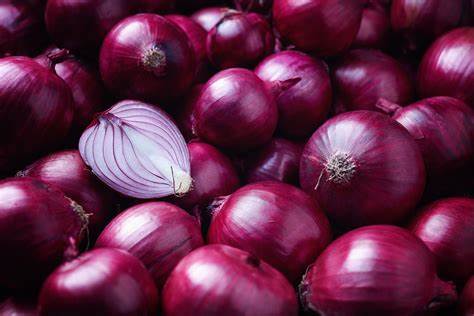With regard to the turn of events in India, especially in regions like New Delhi, Karnataka, and Maharashtra, has been hit hard by increasing onion prices. The situation increased rapidly to such an extent that the government’s contribution to stock inventory of 450 kilograms was sold in just 20 minutes of arrival. Wholesale prices soared from Rs 32-60 per kilogram, while retail rates reached from Rs 100-110 per kilogram in several areas.
The root cause of this crisis can be traced back to the delayed monsoons in key onion-producing states like Karnataka and Maharashtra. The delayed rains spoiled the harvesting of Kharif crop, leading to a shortage in supply and subsequently driving prices higher. In Bengaluru, both wholesale and retail prices doubled within a week, with traders predicting further increases. The North Karnataka region faced severe drought-like conditions, severely impacting onion production and harvest across onion-growing regions. As a result, prices rushed from Rs 2,500-3,000 per quintal to an astonishing Rs 6,000-6,600 in just a week at Hubli APMC. Retail prices followed suit, jumping from Rs 30-35 per kg to a steep Rs 75-80 per kg.
The government attempted to reduce the crisis by setting a floor price of $800 per metric tonne for onion exports until December 31. Additionally, an export duty of 40% was imposed until the end of the year to support domestic availability. Even after taking efforts, the prices continued to rise, shocking both consumers and vendors alike.
In Delhi’s Ghazipur Mandi, traders oppose the low inflow of onions, resulting in extremely high rates. Just a week prior, prices fluctuated between Rs 200 to Rs 350 per 5 kg, highlighting the drastic and rapid increase. A similar sentiment is quoted in Bengaluru’s Yeshwanthpur APMC, where onions were priced at Rs 65 to 70 per kg.
Consumers faced the impact of this crisis as well. Before Navratri, onions were available at Rs 50 per kg, but the prices rushed to Rs 70 per kg. Vendors, struggling with the increasing purchase rates, alerted of further hikes. The situation was no different in Maharashtra, where consumers experienced the impact of rising onion prices.
Efforts by the Union Consumer Ministry included selling 1.7 lakh tonnes of onions from its stock in wholesale and retail markets across 22 states since mid-August. However, the demand remained high, indicating an extended period of increased prices. As the nation’s delay for fresh supplies to enter the market, the onion crisis serves as a stark reminder of the burden of agricultural supply chains to unpredictable weather patterns. Until a stable supply is restored, consumers and traders alike support the economic challenges created by these increased onion prices.

